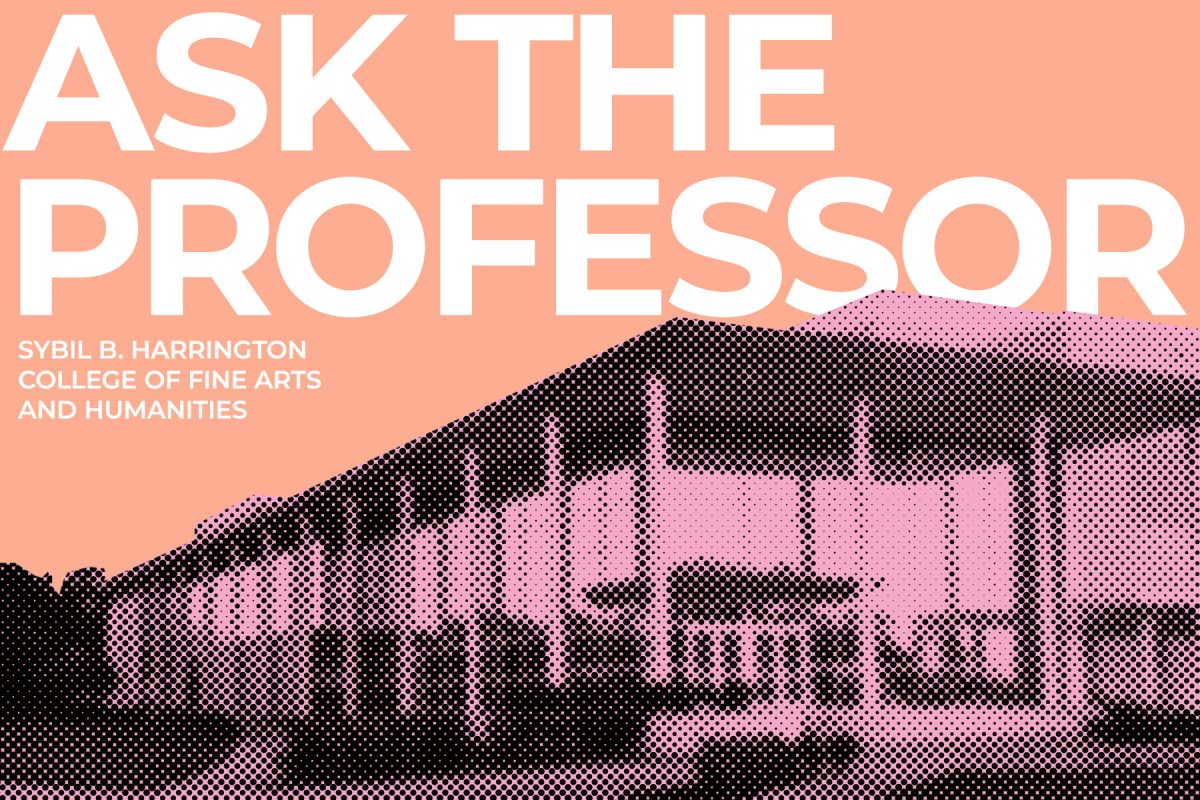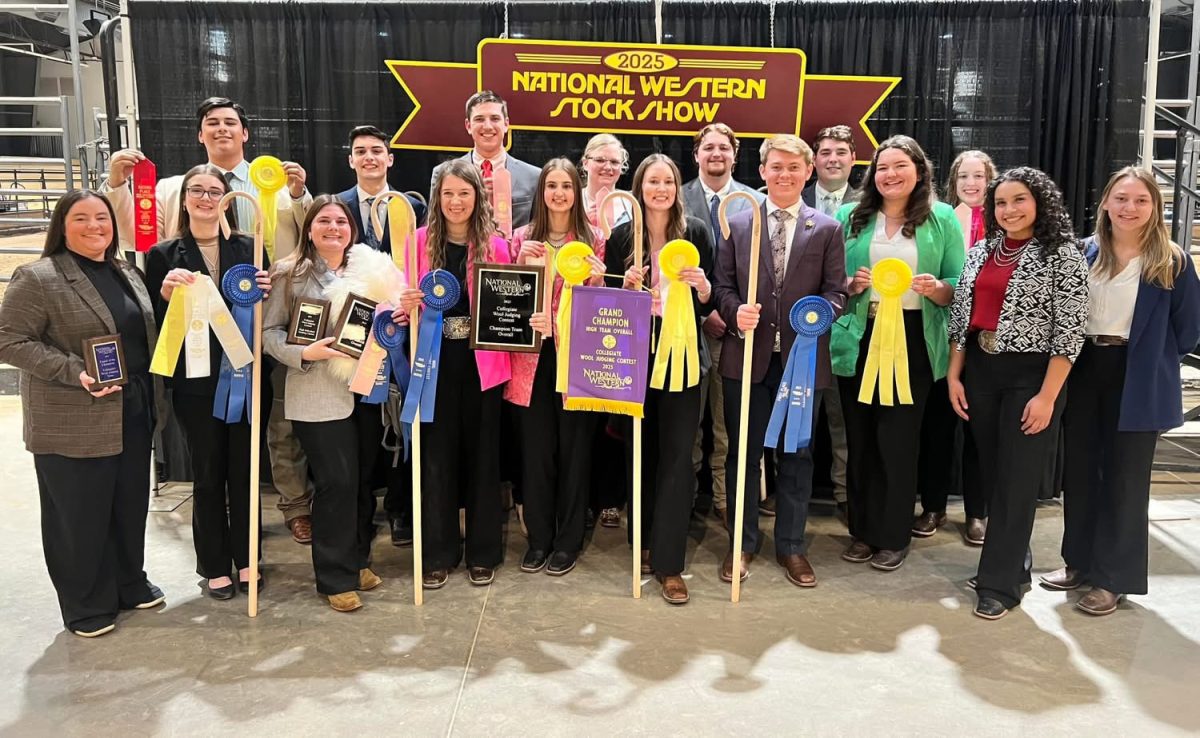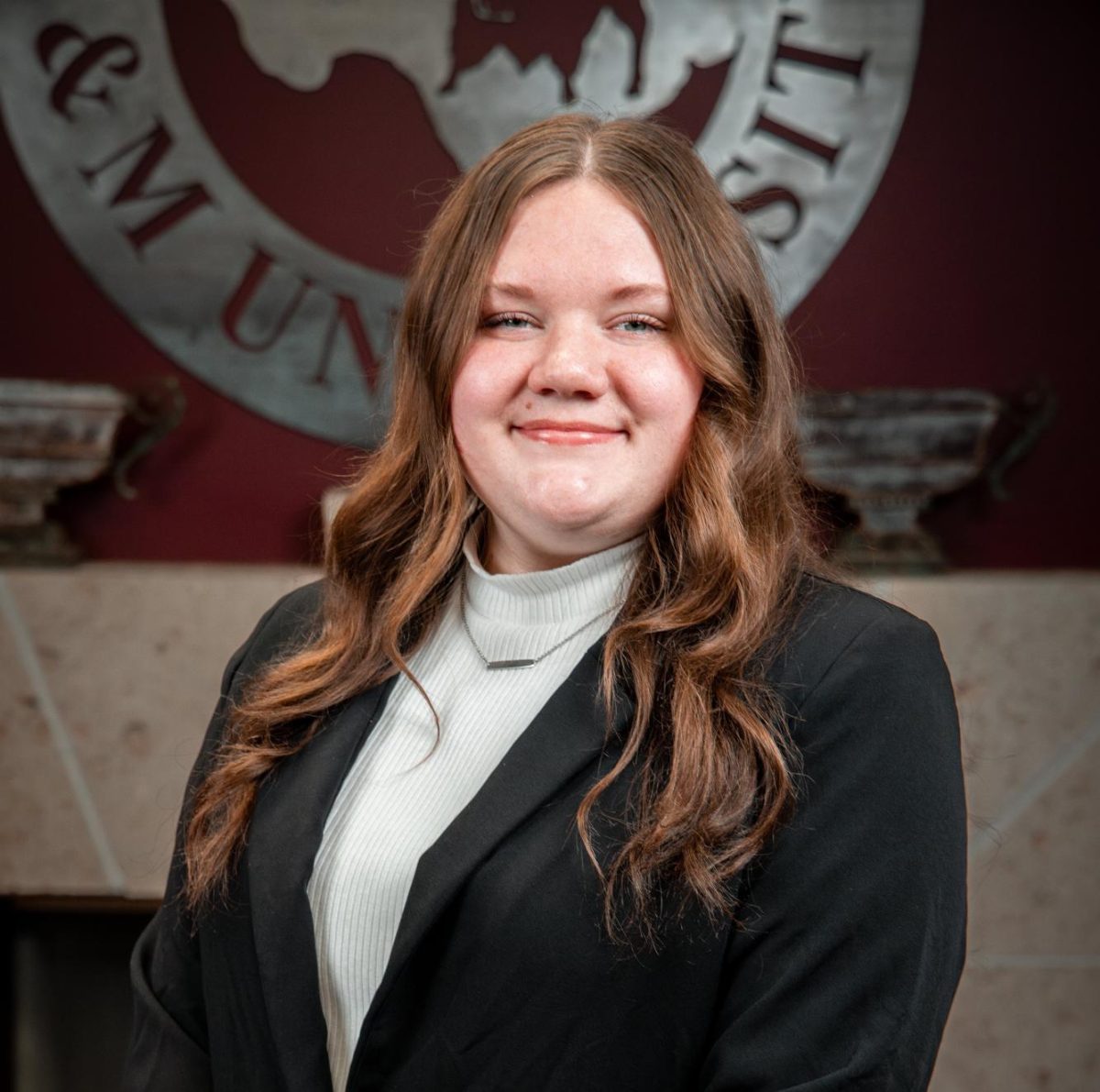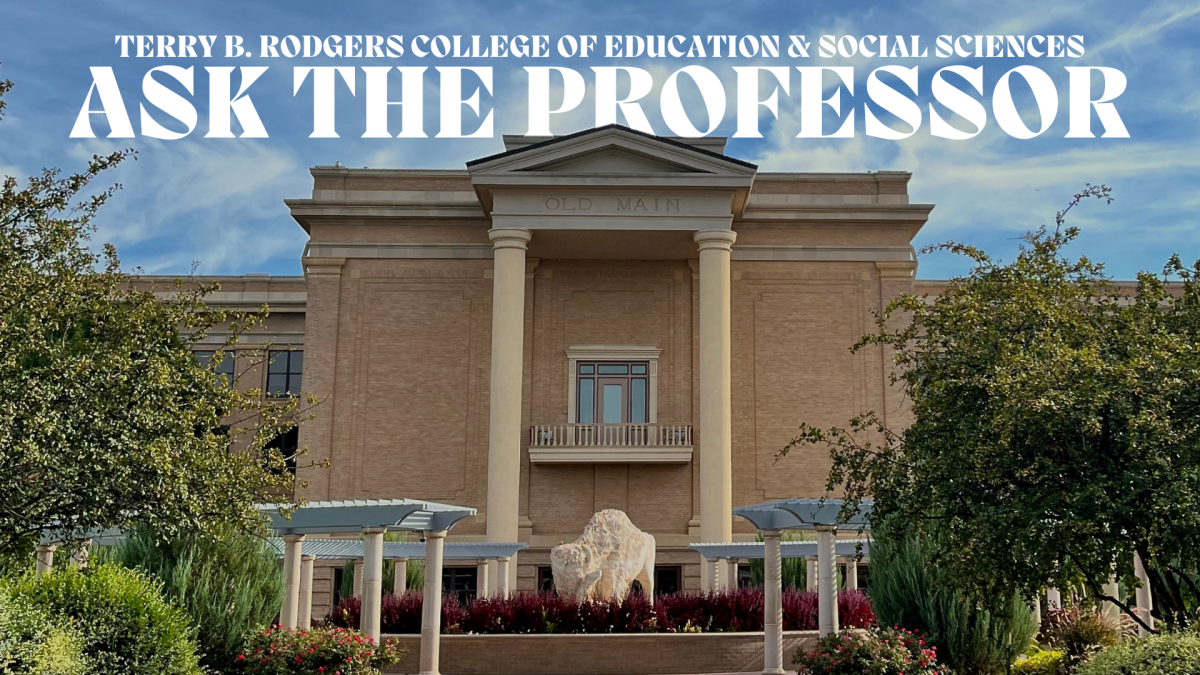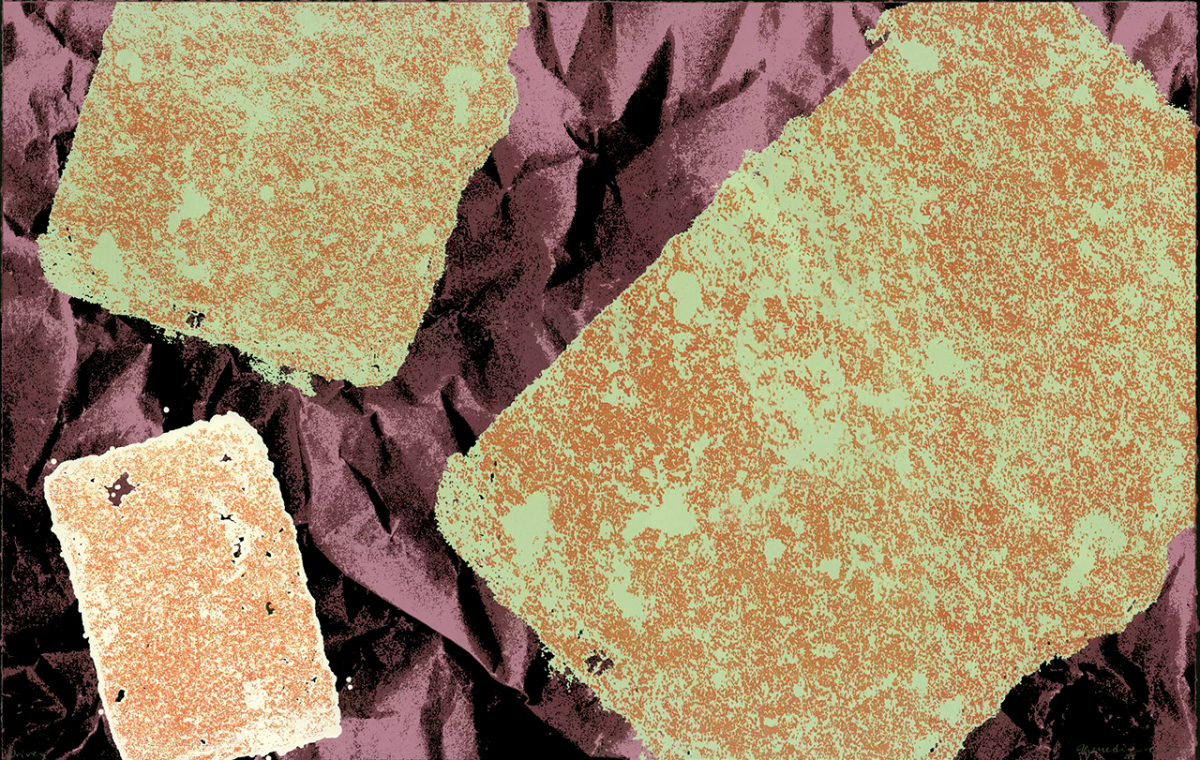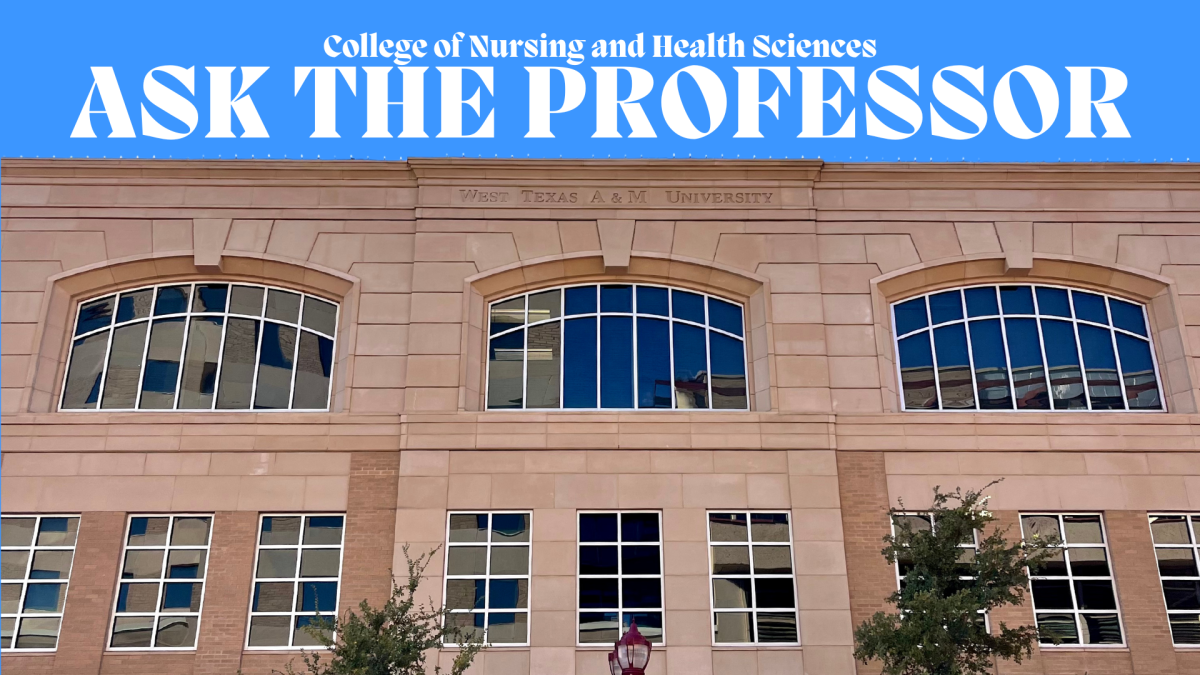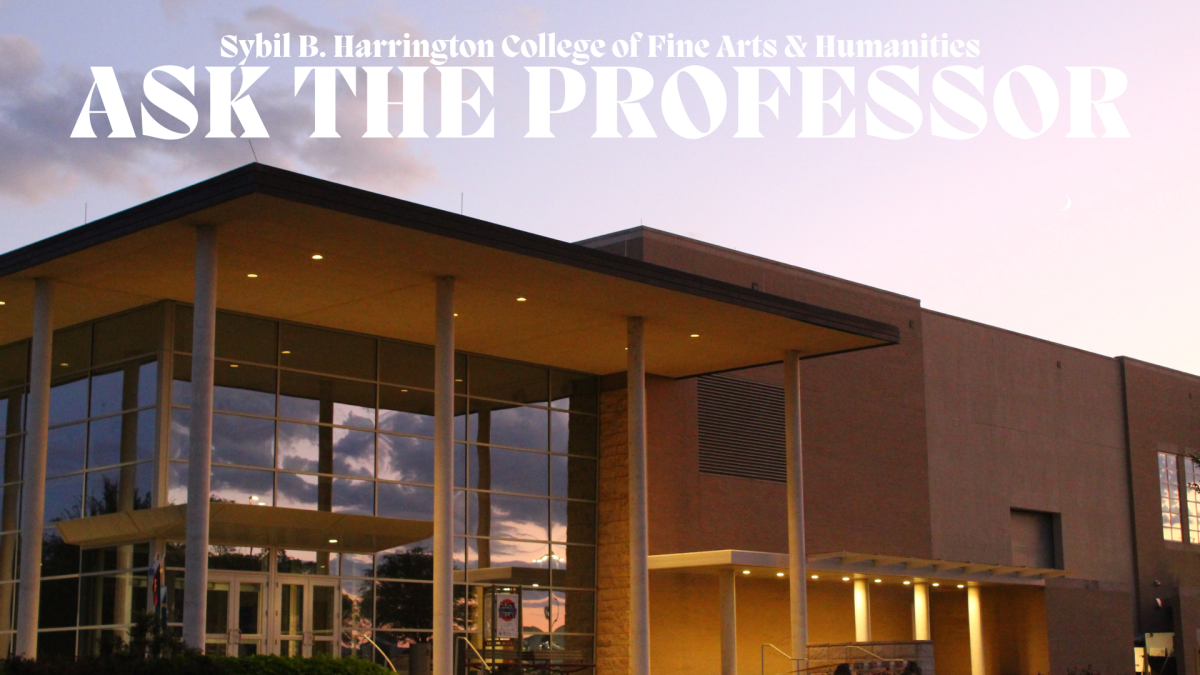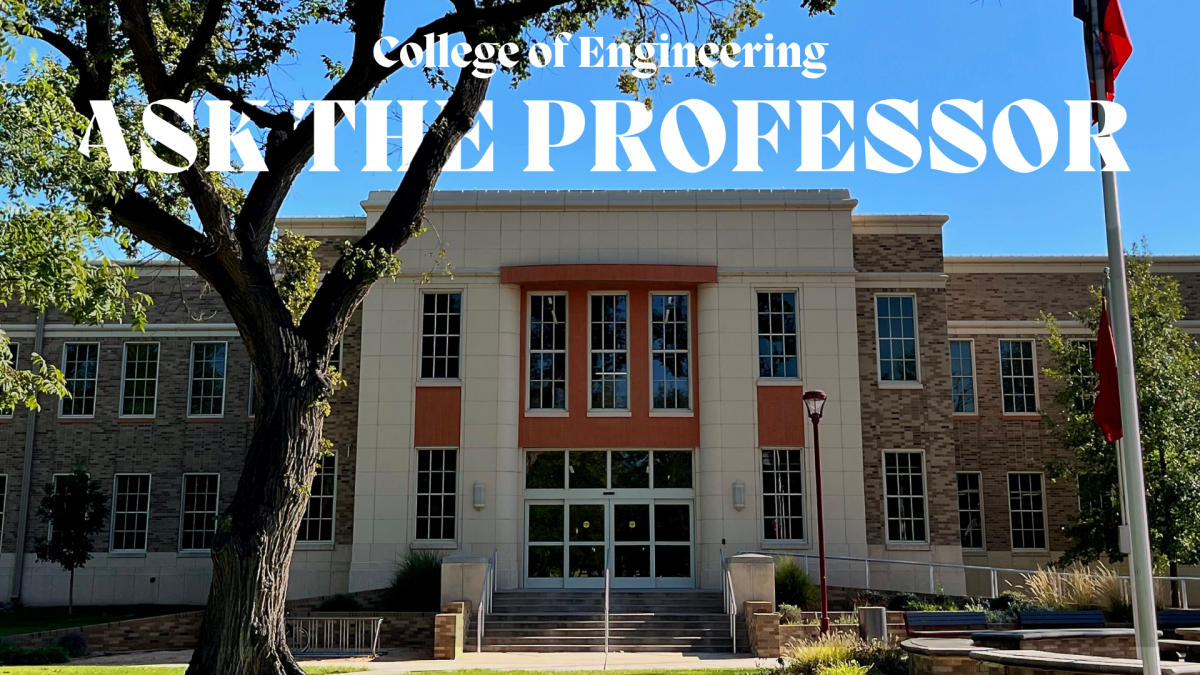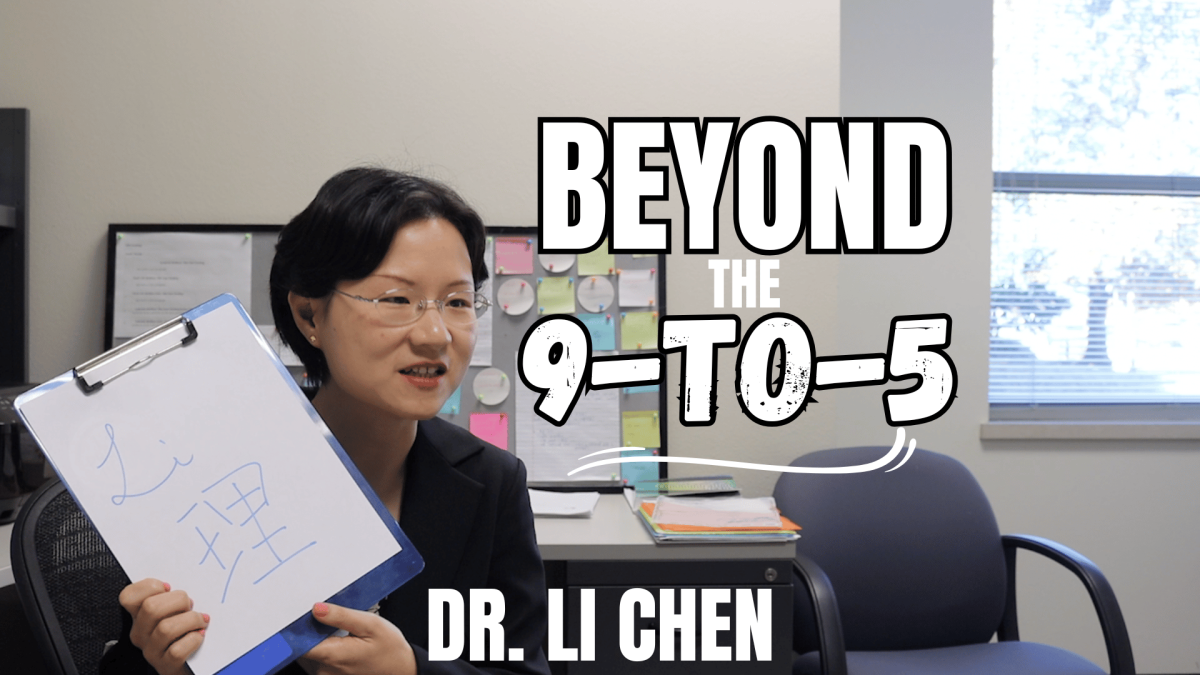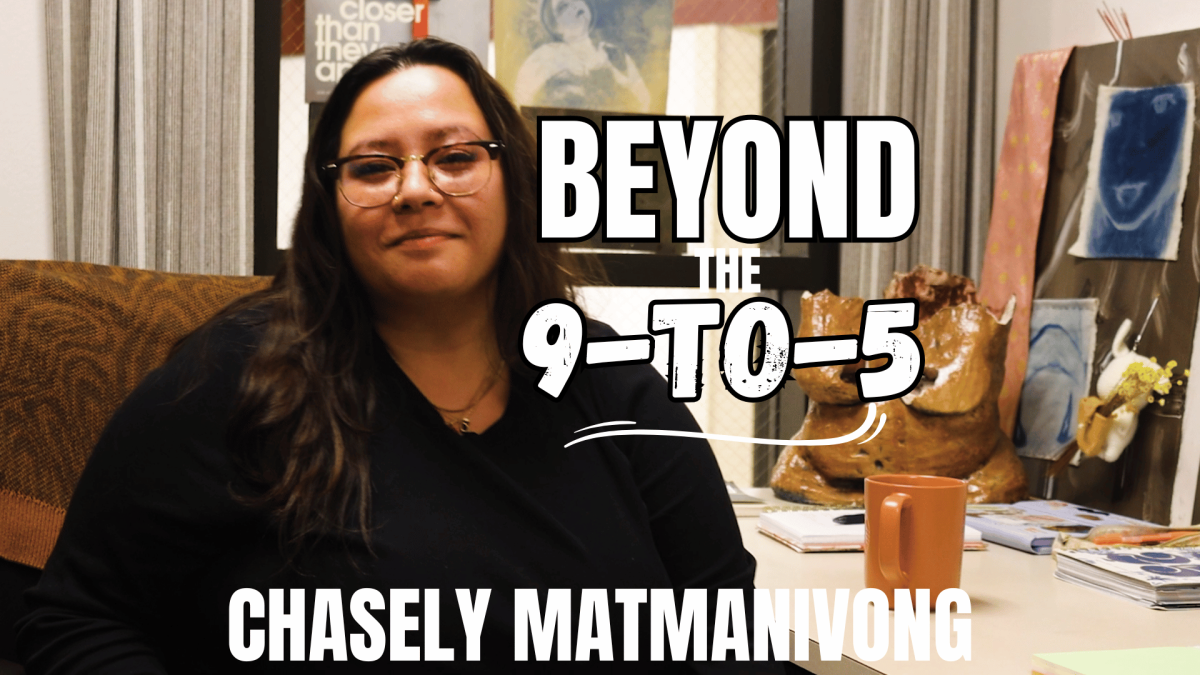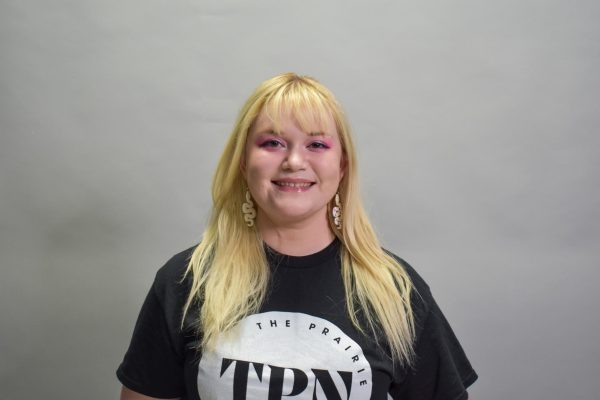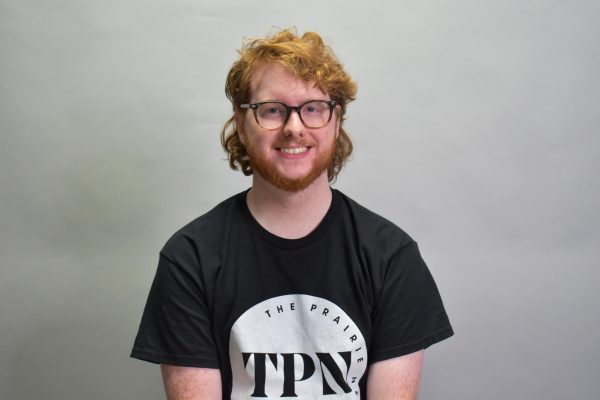Dr. Amy Von Lintel is a professor of art history in the Department of Art, Theatre and Dance at West Texas A&M University. She teaches introductory surveys of art history and graduate courses in art history and aesthetics. Dr. Von Lintel is also the director of the gender studies program.
Dr. Von Lintel said she first fell in love with history, and her love for art followed after. During high school, she took a school trip to France, which included the asylum where Vincent van Gogh stayed for a year before he died in 1890. Dr. Von Lintel said, looking back, “Of course, I fell in love with that.” When she entered the University of Kansas, she took art history as an elective. Dr. Von Lintel said she found her first semester of art history quite boring.
“It was very traditional – dark slide, next slide, next slide – but I figured out I was pretty good at memorizing all of them,” Dr. Von Lintel said. “So, I did fine in the class and then the second semester, I took it again; not that I needed it, but I took it again. And I was taught by both a professor and a TA; amazing. Amazing. The first part was the older stuff, prehistoric to medieval. And the second part was more of the modern stuff, so I got really into that.”
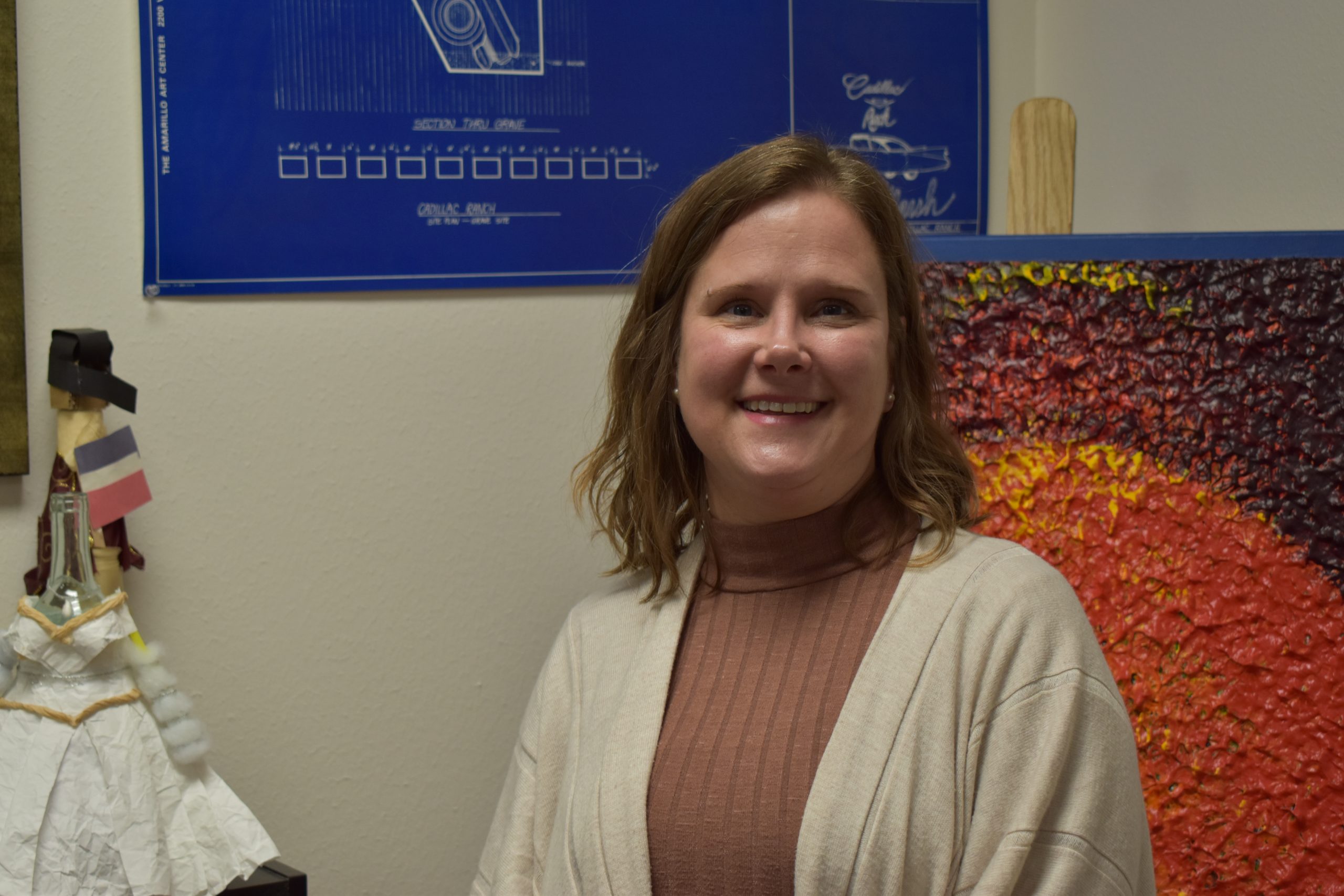
Dr. Von Lintel declared her major in art history after that and further earned both a master’s degree and a Ph.D. in the subject. Dr. Von Lintel came to WT directly after earning her Ph.D., and she became interested in studying the art of Georgia O’Keeffe.
“She’s one of the most famous people that ever set foot here,” Dr. Von Lintel said. “I started reading her letters, and those were published, digitized, easily accessible. And I kind of discovered this place through her letters, through her words. 100 years earlier, she was falling in love with the weirdness of this place; the big spaces, the wind, the grittiness, all of that. And so it was a really good way for me to kind of discover place but also discover her.”
Dr. Von Lintel also studies women in the fields of art and art history. Her doctoral dissertation was about the popularization of art history as a field in the 19th century.
“I discovered that there were lots of women who were not formally trained as art historians, but they were able to translate, they spoke multiple languages, they were able to travel – so they had means – but they would author texts of art history and became kind of these renowned knowledgeable women,” Dr. Von Lintel said. The role of women in my field; I was always interested in that. And then, starting with O’Keeffe, I’ve also written another book on women artists that were brought here kind of modernist artists, mid-century, abstract expressionists. So yeah, the idea of women and artists; but most of the women artists that I studied – well, not most – but a lot of them are not wanting to be known as feminists. They’re not really wanting to be known as women artists or women authors. They’re just wanting to be known as authors. And so I think that tension really is fascinating, where gender is fluid and gender is performed.”
Dr. Von Lintel is also a faculty and advisory board member of the Center for the Study of the American West (CSAW), and she runs the social media pages WTAMU Art History and Panhandle Art History. She said her academic work is her sanity.
“I get up in the morning looking forward to it,” Dr. Von Lintel said. “It’s like, how do you have time for your passion? And I think that’s how I get along so well with artists because it’s like, ‘How do you have time to do anything?’ ‘I have to be an artist.’ So you have this, this drive – I don’t, but my artistic colleagues do – to make art. And if you took that away from them, they wouldn’t function, and I think to me that’s like learning and teaching and academic life. So yeah, I take on a lot, but I love it.”
Dr. Von Lintel said her teaching style focuses on interactive, experiential learning.
“Getting behind the scenes in archives, or teaching within the museum or doing mural tours outside,” Dr. Von Lintel said. “I also took them over and we looked at the log cabin and how it’s constructed because one of the things we’re studying is the last adobe structures that no longer stand. So thinking about how were early constructions that people lived and worked in made? Yeah, kind of hands-on and digging into the primary sources.”
Dr. Von Lintel said that WT has been a great fit for her.
“I’ve been given a lot of freedom to teach to my passions or my research,” Dr. Von Lintel said. “If I wanted to do some publications or research on O’Keeffe, I could then bring her into the classroom and no one told me I couldn’t, and no one told me I had to do things traditionally. I could be progressive in my field. I’ve been really super supported by faculty and administration. Nobody has held me back or said, ‘You can’t; you can’t have that vision, you can’t do that.’ And my students are super inspiring.”
This article was edited on March 26 to correct the spelling of O’Keeffe, to clarify when Dr. Von Lintel came to WT, and to fix a transcription error.



